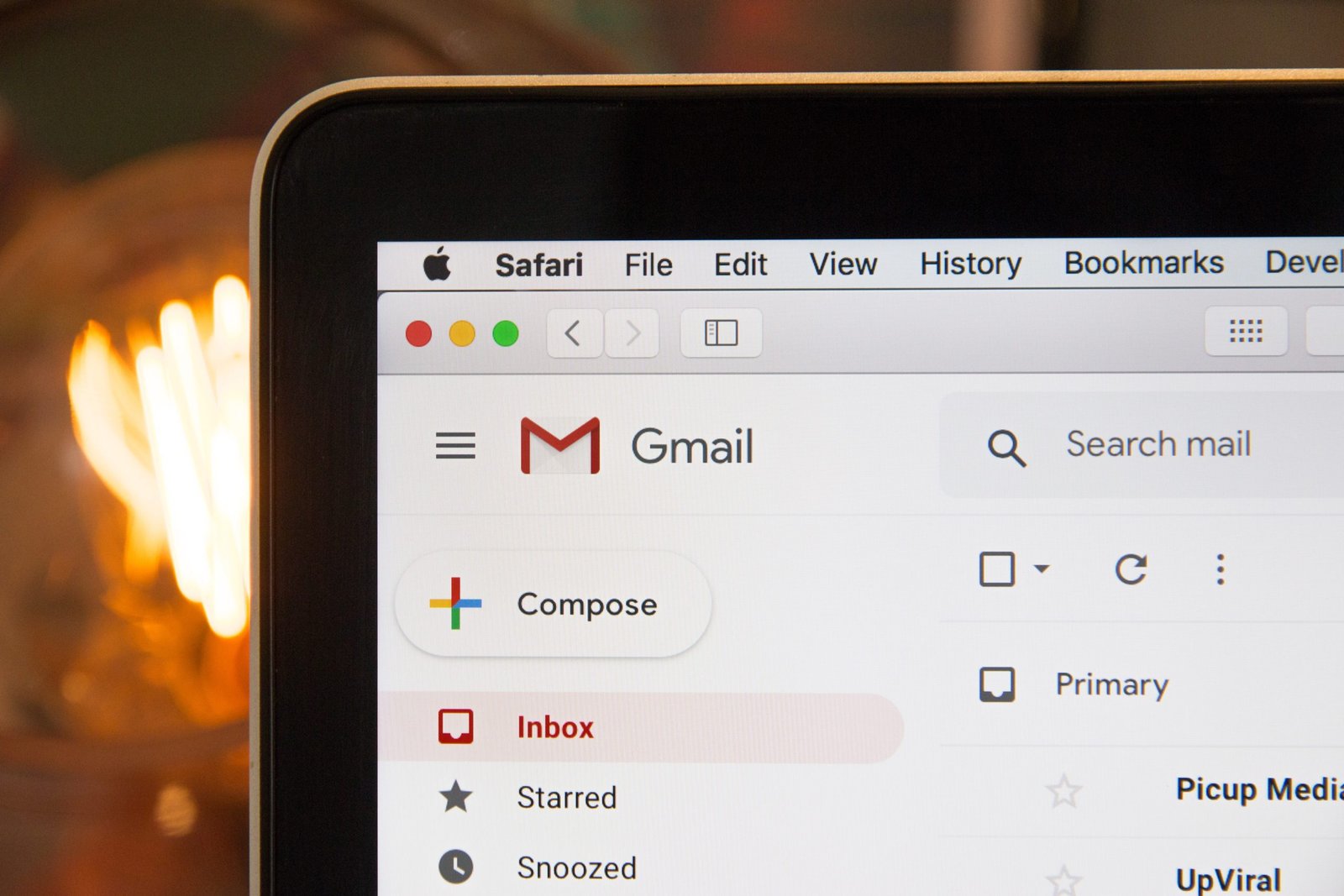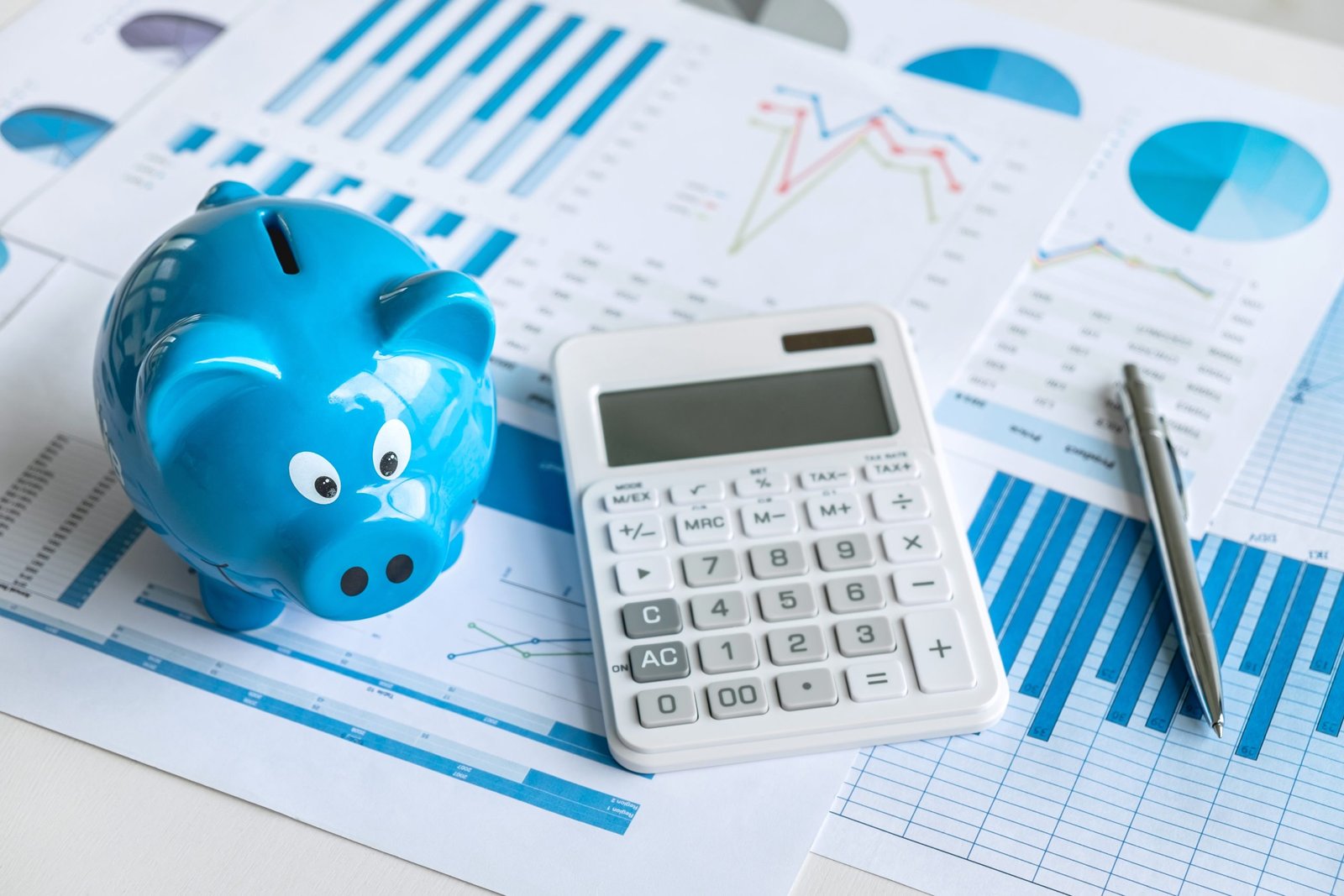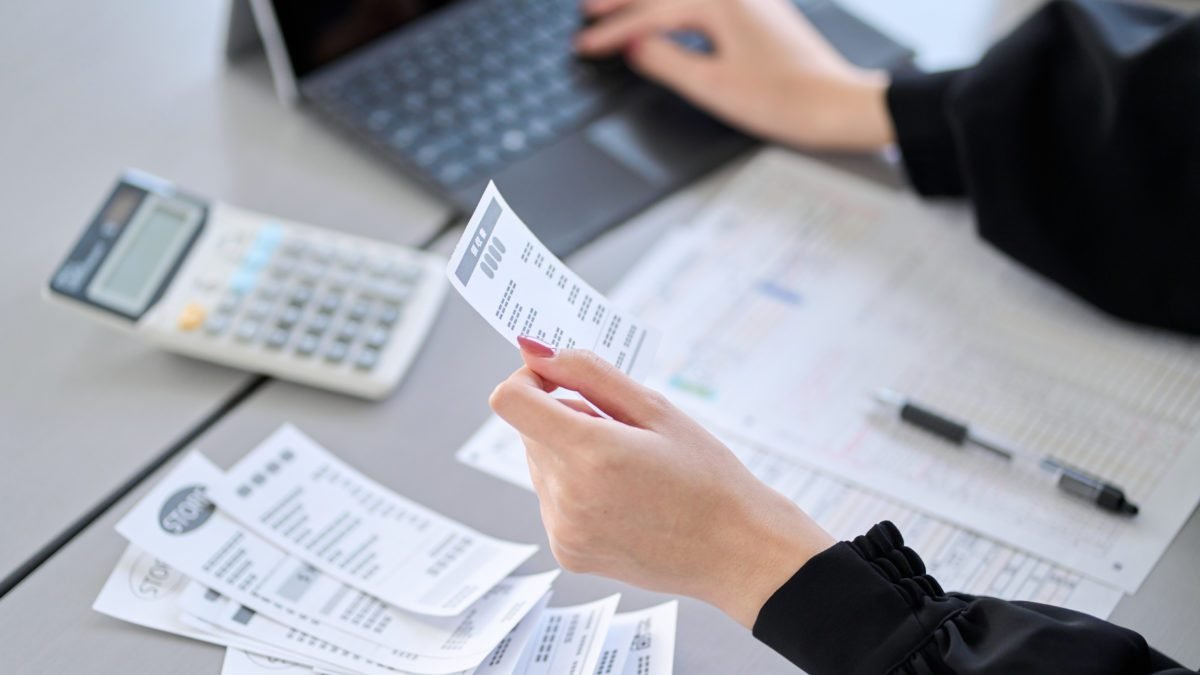
How Email Marketing Can Boost Your SEO
December 8, 2019
What is Business Finance
December 8, 2019Starting a new business can be very challenging at times. Not only do you have to worry about the future of your business but also about the cost of starting it in the first place.
While it’s true that most startup costs are incurred before you even start running your business, a good rule of thumb is to consider all expenses within the first 6 months as part of your startup costs.
These costs will vary depending on the type of business you are starting, its location, size, and many other factors.
Aside from the obvious expenses such as buying equipment, renting office space, and hiring staff, there may be lots of other expenses that you may not have accounted for such as web hosting, business cards, and law consultancy.
New entrepreneurs tend to jump straight in without thinking carefully about the costs they will have to endure and whether or not those costs are feasible. Such reckless behavior may cause equity shortages in the long-run.
The best way to realistically estimate your startup costs is to write a detailed business plan.
Why a business plan?
Writing a business plan involves a lot of research. The research you do will help you identify the startup costs as well as the monthly operating expenses of your business. It will also show how long it will take your business to reach a break-even point.
In addition, financial institutions, especially banks will require you to submit a well-written business plan before they approve the requested loans. This is done to make sure you have calculated all the costs and risks revolving around your new venture.
One of the biggest mistakes made by new entrepreneurs is underestimating startup costs. There are sure to be expenses that you didn’t account for so it’s better to overestimate than underestimate.
Overlooked expenses often tend to be smaller and of lesser importance than others but when they all add up, their cost may affect your business in the long-run.
To avoid such issues, make sure you never underestimate your startup costs.
What are your startup costs?
These are the costs which will let you open the doors of your business.
Take a piece of paper and write down every single cost that you can think of, from the obvious ones such as office space and machinery to ones which are often overlooked such as business cards and storefront signage.
After putting together a comprehensive list, start researching about how much each line item would cost you.
Common startup costs include; business registration, permits, office space, furniture & equipment, production machinery, initial inventory, insurance, marketing, website, payroll, utilities, taxes, travel, and shipping.
Depending on the type of business you are starting, these costs may vary.
Such costs can be divided into three main categories; startup expenses, startup assets, and startup financing.
Startup expenses
Expenses that occur at the very beginning, before the first month of your business such as; business registration, permits, logo design, business card design, brochure design, website development & hosting.
Startup assets
Typical startup assets are cash in bank, initial inventory, office furniture & equipment, production machinery, and etc.
Startup financing
This involves capital investments and loans. Only the amounts secured before the first day of business goes into the startup table. Whatever investment or loan amount secured during or after the first month goes into the cash flow statement.
What are your operational expenses?
Don’t expect your new venture to start generating profit within the first 6 months. Some businesses may even take years to generate profit.
Operational expenses are required to operate a business on a daily basis such as rent, payroll, utilities, taxes, insurance and etc.
Therefore, you will have to cover these expenses until your business reaches its break-even point. This is when the monthly profit from sales exceed or neutralize the monthly expenses.
Don’t count expenses twice
Some people may get confused about the three categories; startup expenses, startup assets, and startup financing.
You may prefer to have a more generic definition for startup costs such as “Costs incurred within the first six months”. This leads to double counting of expenses in standard as well as non-standard financial statements.
Expenses incurred during the first year have to appear in that year’s profit & loss statement. However, as I mentioned above, startup expenses are incurred before the first day of business therefore they should be recorded separately.
It makes sense to record startup expenses separate from operational expenses because they have nothing to do with the profit or loss acquired. Startup expenses just help you set up your business, nothing more.
Make the most out of your tax deductions
A mistake most businesses tend to do is to record “research and development” as an asset instead of an expense, just because it creates intellectual property.
Since there is no direct correlation between the money spent and market value of intellectual property, business that record “research and development” as assets, often end up with over-exaggerated assets, and questionable financials statements.
Also, according to accounting and taxation laws, expenses are deductible against income while assets are not.
So by recording “research and development” as an expense, you are making the most out of your tax deductions, thereby reducing the tax amount to be paid.
Make use of expensed equipment
IRS or Internal Revenue Service of the U.S allows a certain amount of office equipment purchases to be called as expenses and not assets. This allows you to deduct the cost of the expensed equipment from your taxable income as expenses.
You may want to contact an accountant to know the current limits of this rule. All office equipment purchases made after using up this allowance, should be recorded as assets and not as expenses.
Raise cash reserves
The cash balance on the first day of your venture is the money you raised from investments and loans minus the startup expenses you incurred.
You need to spend that money wisely until your business starts to generate profit. If the balance drops below zero you may need to seek further investments and loans.
To avoid such issues, entrepreneurs tend to raise more money than they actually need from the get-to to cover for any emergencies.
While this makes a lot of sense, investors and financial institutions will not want to give you more money than you actually need because, obviously, it’s their money. But it’s definitely worth a try.
Look for cheaper alternatives
I’m not telling you to be cheap. I’m telling you to spend your money wisely. There is always a cheaper alternative so make sure you do your research before making any purchases.
You could save money by using a software like QuickBooks instead of hiring a professional book-keeper. You could rent an office space instead of buying one, or better yet, you could work from home until it’s time to hire employees.
You could even cut down marketing expenses by using social media for the majority of your marketing.
That being said, don’t try to buy low-quality equipment just because they are cheaper because you will have to spend more money and time in the long-run making repairs and eventually having to buy new equipment.
Also, don’t shy away from spending money on advertising campaigns and website design. You need to make your brand compelling.
Conclusion
There are many things you need to account for when deciding how much money you need to start a new business.
No two businesses are exactly alike. For example, a business which sells products may require initial inventory but the same doesn’t apply for a business which provides services.
Due to such inconsistencies, the best way to identify the startup costs of your specific business is to write a business plan.
If you need advice, talk to fellow business owners and get them to review your plan. There are even classes for entrepreneurs who need help with their planning process.
You can use the calculators from wsj.com and businessknowhow.com to calculate your startup costs. They will provide you with a nicely formatted result.
The bottom line is, be realistic and accurate about how much money you would need to start your business and the only way to come up with such an estimation is by writing a business plan.





